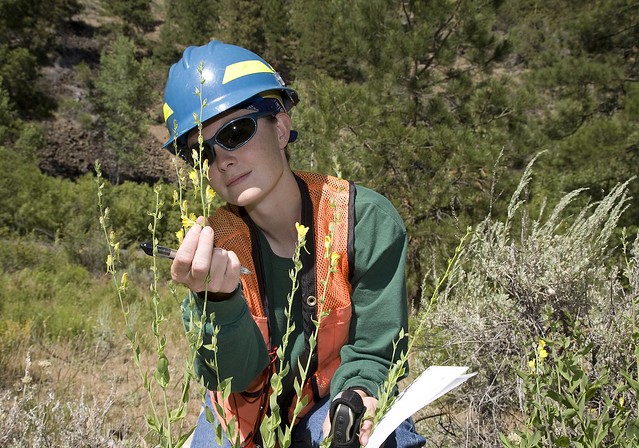
More than 80 million acres of national forests are at risk from insect infestations, the impacts of prolonged drought, and the too frequent devastation caused by catastrophic wildfire. And the USDA Forest Service has a responsibility to the American public to move quickly and cost-effectively to restore these damaged wildlands.
The restoration of public lands is accomplished through what the Forest Service calls environmental analysis and decision making, or EADM. It sounds complicated, but it boils down to using the best science available to make important decisions on how to successfully manage the millions of acres of forests and grasslands the public entrusted to our care.
Although the Forest Service follows the law and makes sure that forests and grasslands stay healthy, hardy, and productive to meet the needs of the American people, the processes required to do so often take too long and cost too much. Reform of the Forest Service’s National Environmental Policy Act policies and procedures is a key activity within the EADM effort.
The reforms will identify ways to improve or eliminate inefficient or redundant processes while maintaining a commitment to high-quality environmental analysis based on the best available science.
Never cowering from a challenge, the Forest Service is focusing on improving how it conducts environmental analysis and makes decisions. For instance, employees are contributing innovative ideas and committing their knowledge, skills, and experiences to help the agency design and implement improved EADM processes.
One such example is development of a cloud-based library that compiles and catalogs hundreds of thousands of references, such as scientific papers, forest plans, and maps. Forest Service resource specialists can quickly access the library and locate the best available science needed to complete an environmental analysis for land management planning efforts.
These improvements will help to provide jobs and economic benefits for communities through improved and sustainable National Forest System land use and access opportunities. The Forest Service aims to be responsive to the American people in ways that are timelier and less costly.
Working with partners like the National Forest Foundation (NFF), the Forest Service is discovering creative solutions to working more efficiently and effectively so we all can enjoy healthy, resilient, and productive forests and grasslands long into the future. In fact, NFF and the Forest Service conducted regional roundtables and produced a National Report (PDF, 15.6 MB) focusing on the ideas that surfaced during the roundtable events.
Through the above-mentioned partnership, and other collective learning opportunities, the Forest Service is tapping into the valuable knowledge, expertise, and networks of those we serve. After examining and learning from the past, the Forest Service is creating a new future: one that effectively uses the skills and talents of its employees and improves upon already efficient and effective processes.

